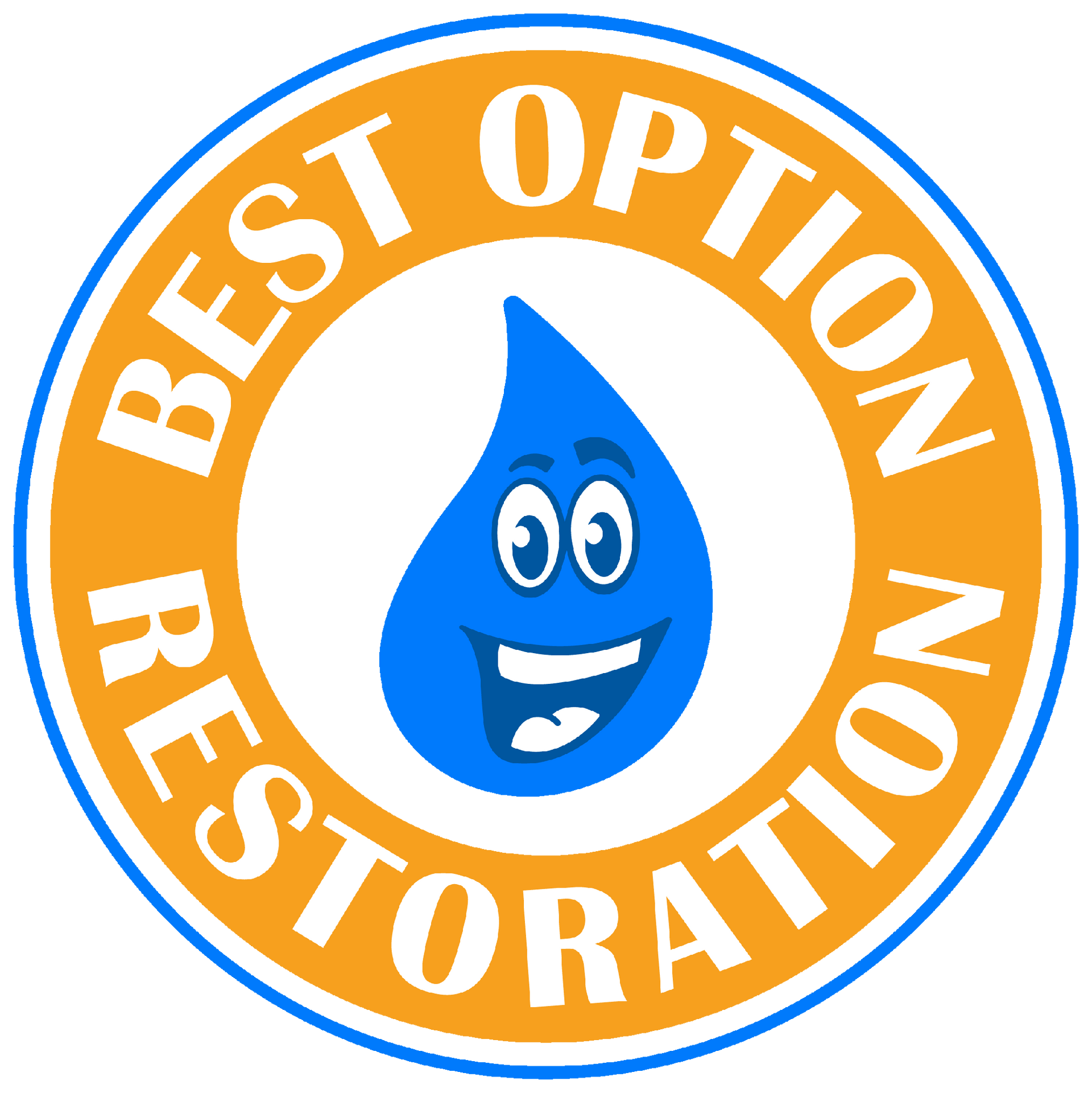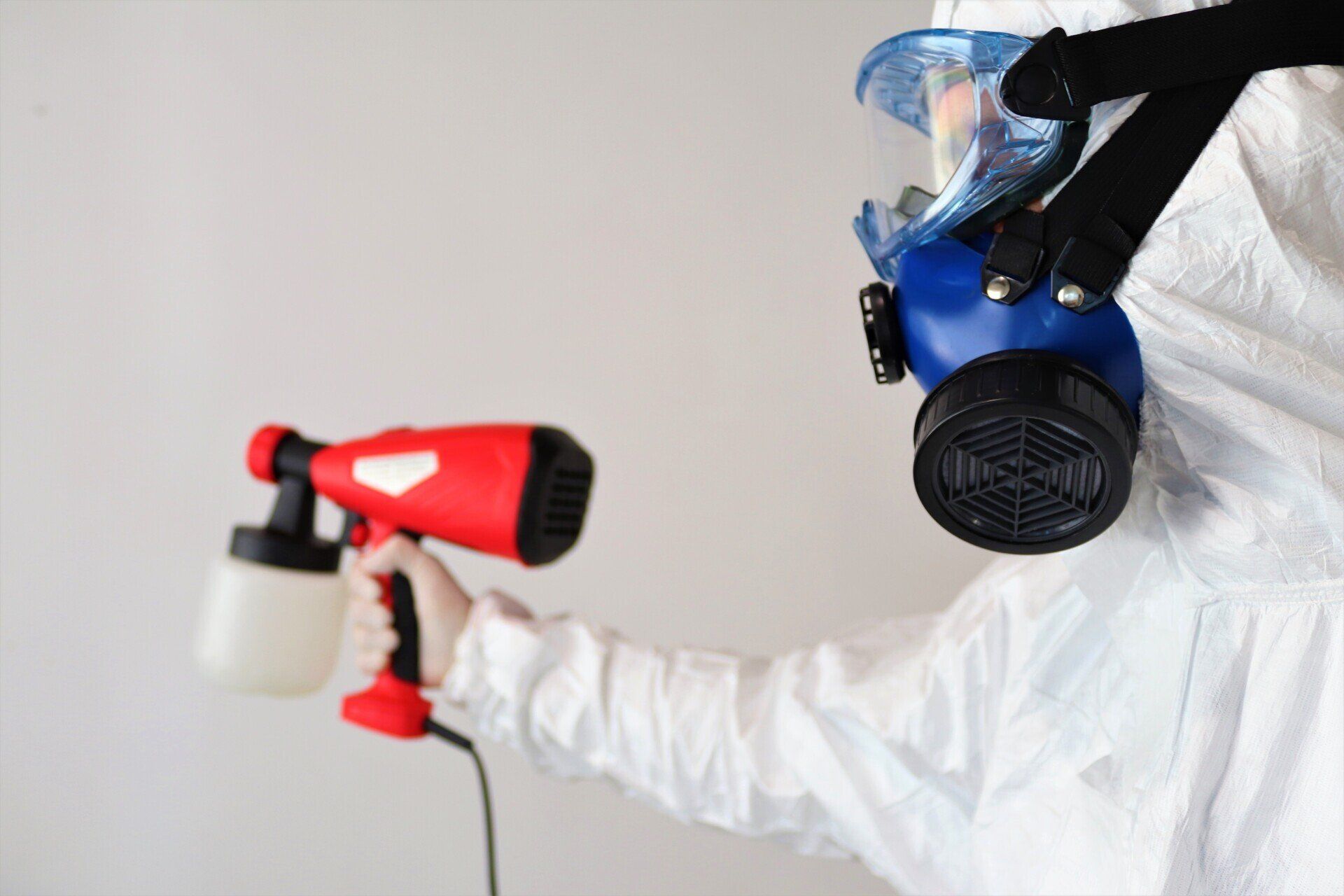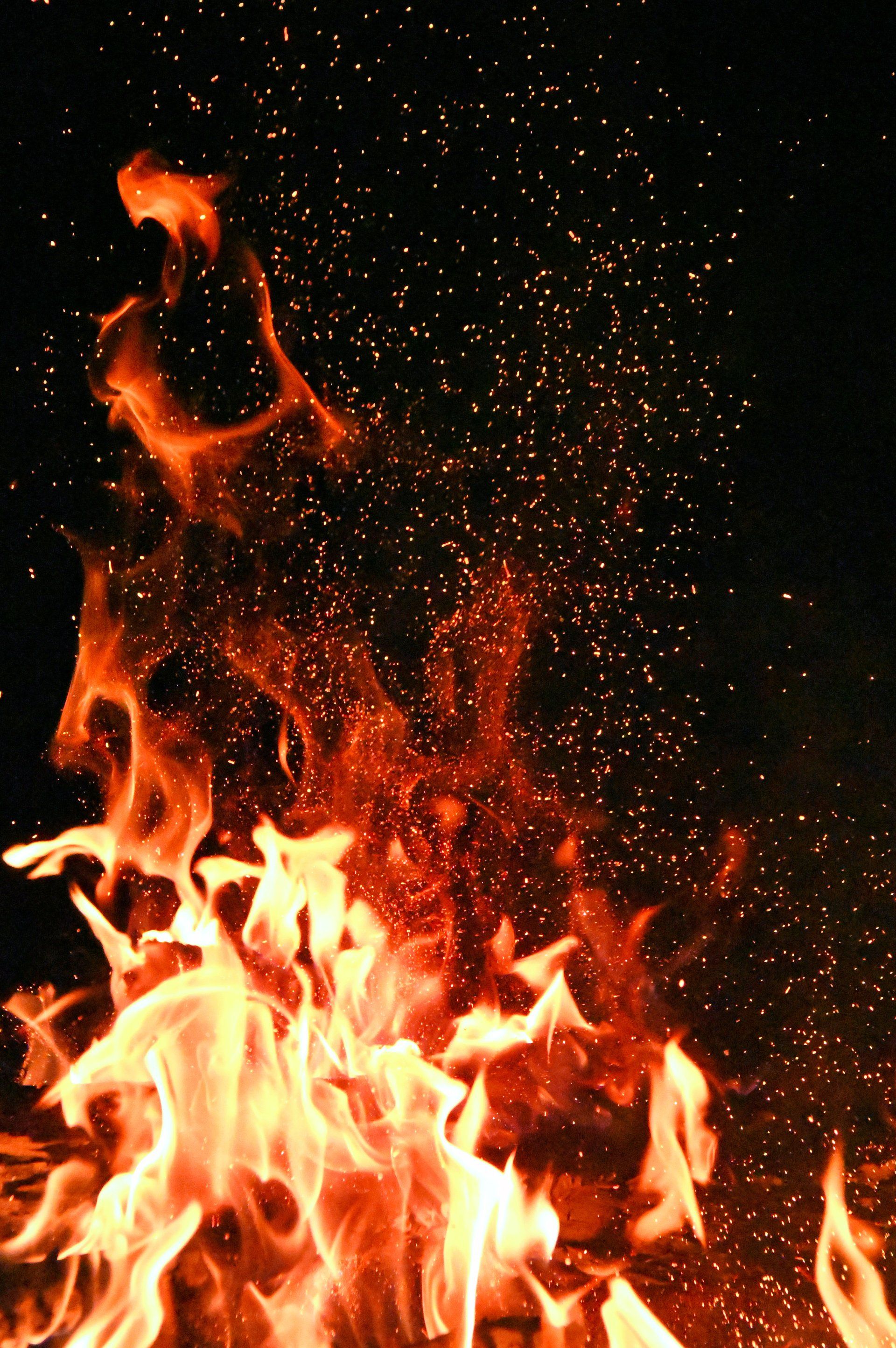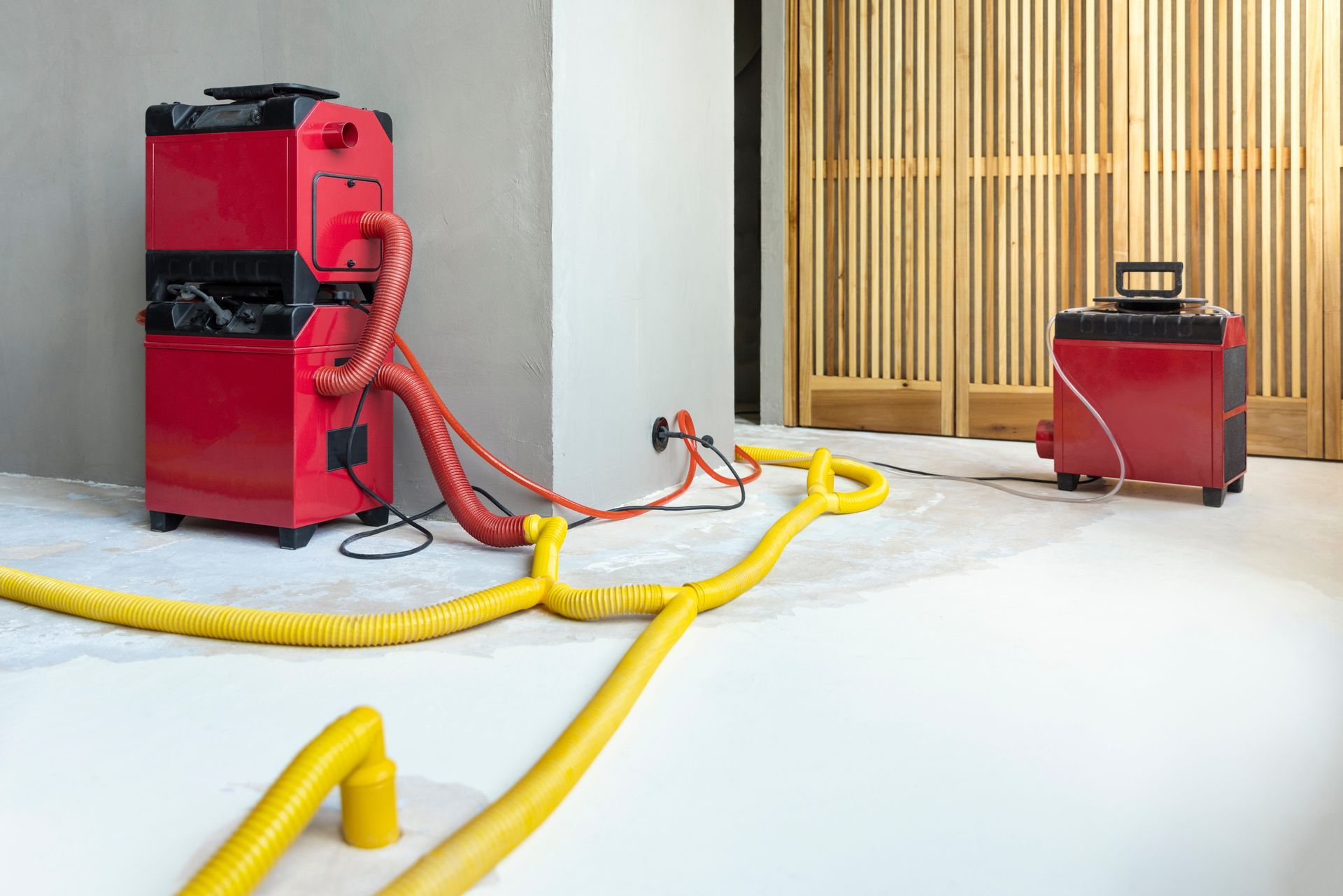The Different Types of Fire Damage and Their Causes
Exploring the Different Types of Fire Damage and How They Occur
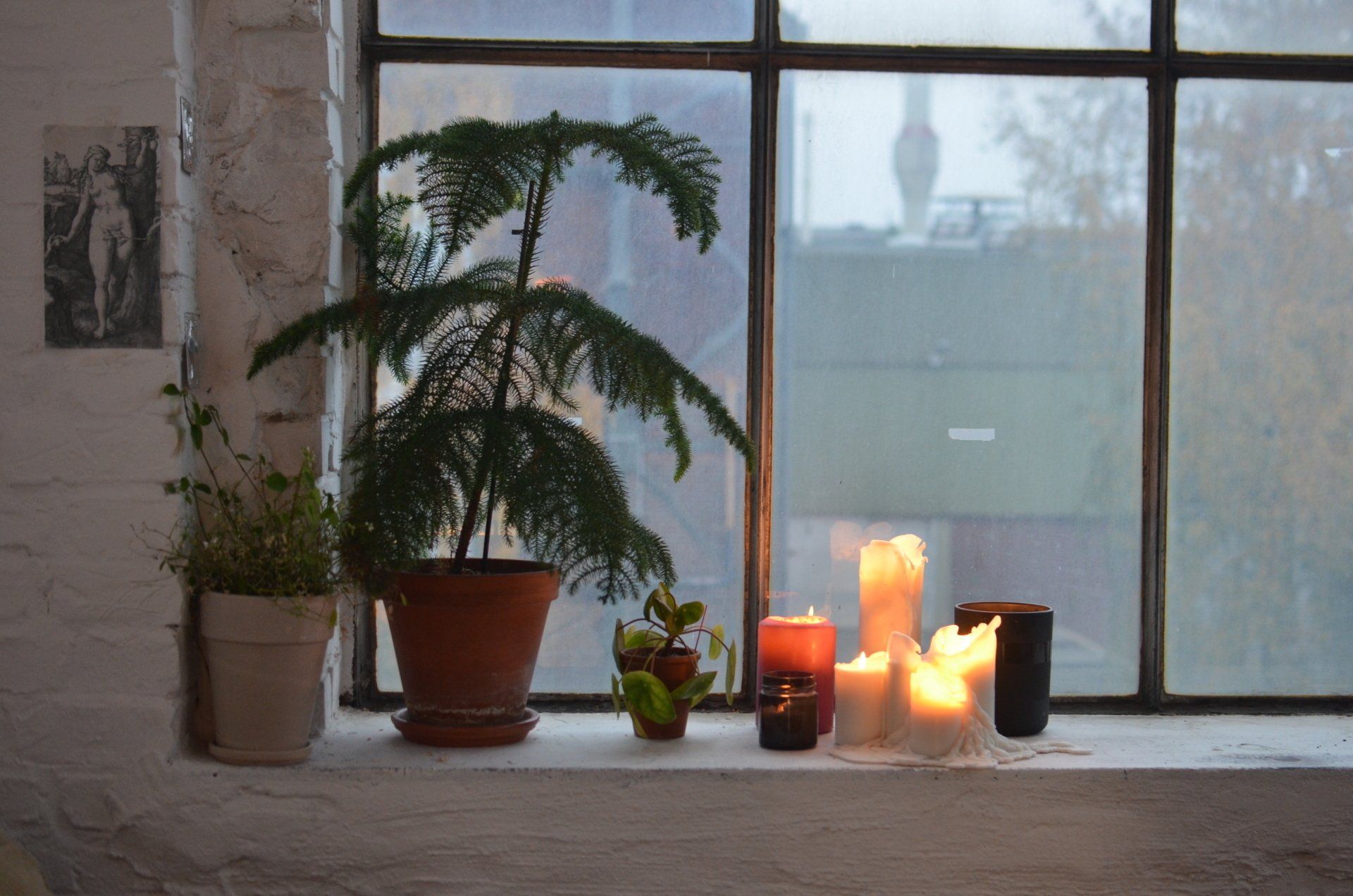
Understanding the different types of fire damage and their causes is crucial in effective restoration. The aftermath of a fire can leave a property with not only visible fire damages but also hidden threats. From soot accumulation to structural element degradation, fire incidents can culminate in multifaceted damages that are both visible and concealed. Further, each type of fire damage requires a unique restoration approach. In this article, we will delve into the various types of fire damages that homeowners may encounter, their causes, and the importance of professional intervention in restoring fire-damaged properties to their former glory.
Smoke Damage
Smoke damage often results from the combustion of various materials, including wood, plastic, and fabric. During a fire, these materials burn and produce smoke that permeates the surrounding environment. Incomplete combustion can further exacerbate smoke emissions due to a lack of oxygen or fuel, leading to a larger concentration of soot and particulate matter.
The presence of smoke can have severe consequences on both health and property. Inhalation of smoke can cause respiratory issues, eye irritation, and other health problems. Moreover, soot, a byproduct of smoke, can cling to structural elements, furniture, and personal belongings, staining and corroding them.
Furthermore, smoke damage can lead to substantial property damage. Smoke can seep into walls, carpets, and other porous surfaces, leading to long-term odor issues and discoloration. In extreme cases, smoke can even compromise the structural integrity of fire-damaged buildings. Hence, understanding and promptly addressing smoke and fire damages is imperative to minimize their potential hazards and restore your property to its pre-loss condition.
Types of Smoke Damage
Smoke damage manifests in various forms, primarily categorized as visible and invisible:
- Visible Soot: Soot is a black powdery or flaky substance that forms due to the incomplete combustion of materials during a fire. It clings to walls, ceilings, and other structural elements, leaving a distinct and unsightly black residue. This visible sign of smoke damage can stain surfaces and is notoriously difficult to clean, often requiring professional intervention.
- Invisible Odor Particles: Aside from the physical marks left by soot, smoke damage also includes the less visible but equally harmful odor particles. These odor-causing compounds permeate into materials such as fabric, wood, and drywall. They are incredibly small and may not be immediately noticeable, but their presence contributes to an unpleasant, lingering odor after a fire incident. This type of smoke damage is particularly insidious because it is not readily seen but can significantly impact air quality and comfort within the home.
Understanding these types of smoke damage is crucial to fully address fire damages and ensure a comprehensive restoration process.
Structural Damage
Structural damage often occurs as a result of fires due to the high temperatures they generate, which can weaken or even melt various structural materials. The impact of the fire can severely compromise the integrity of fire-damaged materials such as metal, wood, and concrete, thereby posing significant risks to the safety of occupants and the stability of the building.
Additionally, smoke and soot, byproducts of fires, have the potential to penetrate and weaken other structural elements like drywall, wood, and metal. The particulate soot can seep into these materials, staining them and potentially causing further degradation over time. This damage tends to be more insidious, as it's not always immediately apparent, but it can lead to significant issues if not addressed promptly.
The implications of structural damage extend beyond safety considerations. It can significantly depreciate the value of the property due to the extensive repair costs and potential ongoing issues associated with fire damage. Hence, it is crucial to contact a professional restoration company immediately after fire damage to assess and mitigate these risks and restore the property to its original condition.
Types of Structural Damage
Structural damage caused by fire can take on various forms, each with its unique implications and repair needs. Here are the three most common types:
- Warping: Under extreme heat, various structural materials, including steel and wood, can warp or twist out of their original shape. This can compromise the structural integrity of the building and may require significant repair or replacement.
- Buckling: This type of damage occurs when a section of a structural element, such as a column or a beam, bows under intense heat, potentially leading to failure. Buckling can affect the overall stability of the building, making it unsafe for occupation until the damaged parts are replaced or reinforced.
- Collapse: In severe cases, the fire's intense heat can weaken structural elements to the point of collapse. This is the most dangerous form of structural damage as it can result in significant property loss and pose immediate life-threatening hazards.
Understanding these types of structural damage is crucial for an effective and thorough restoration process. Each type of damage requires a unique approach to repair, reinforcing the need for professional expertise in dealing with fire damage.
Water Damage
Water damage is an often overlooked but no less devastating consequence of fire extinguishing efforts. In the process of putting out a fire, large volumes of water are typically employed, which can inadvertently lead to water intrusion in various parts of the property. This can cause a range of problems, from structural damage to the growth of harmful mold.
While water is vital in combating fires, its aftermath can lead to substantial damage to both the interior and exterior of the property. Water can seep into wall cavities, flooring, and other structural elements, causing wood to warp, drywall to crumble, and paint to peel. Over time, unchecked water damage can even compromise the structural integrity of a building.
Additionally, damp conditions produced by water damage create an ideal environment for mold growth. This can have serious health implications, as exposure to certain types of mold can cause respiratory issues and allergic reactions. Moreover, the presence of mold can lead to long-term property damage, as it can degrade building materials and negatively impact indoor air quality. Therefore, it's crucial to address water damage quickly and thoroughly to mitigate its potential hazards and restore the fire-damaged property to its original condition.
Types of Water Damage
Water damage manifests in various forms, each presenting unique challenges for restoration:
- Saturation of Materials: Water can infiltrate porous materials like wood, insulation, and drywall, causing them to become saturated. This leads to swelling, warping, or even disintegration of the materials over time, compromising the structural integrity of your property.
- Corrosion of Metal Surfaces: Moisture can trigger the corrosion process on metal surfaces such as pipes, wiring, and structural beams. Corroded metals can weaken over time, leading to potential structural failures and safety hazards.
- Mold Growth: Damp environments created by water damage are conducive to mold growth. Apart from deteriorating building materials, mold can also lead to health issues, including respiratory problems and allergies.
Recognizing these types of water damage is essential for effective restoration. While some signs of water damage are apparent immediately after a fire, others, like mold growth, may only become visible over time. Therefore, it is crucial to hire professional restoration services to identify and address all facets of water and fire damage.
Chemical Damage
Chemical damage is another significant consequence of fires, often resulting from the combustion of synthetic materials and household products. During a fire, these materials can release a variety of harmful chemicals, which can cling to surfaces and infiltrate structural elements, causing further damage. This damage can manifest in the form of discoloration, corrosion, or erosion of surfaces, significantly impacting the property's aesthetic and structural integrity.
Moreover, these chemicals can pose serious health risks to occupants. Prolonged exposure to such chemicals can lead to respiratory issues, skin irritations, and, in severe cases, toxic poisoning. In the aftermath of a fire, it's not uncommon for harmful residues to remain unseen and undetected, adding another layer of complexity to the restoration process.
Given these risks, it is crucial to enlist the help of a professional restoration company. Experts can effectively identify, mitigate, and remove chemical residues, ensuring the safety of occupants and thoroughly restoring all fire-damaged property.
Types of Chemical Damage
Chemical damage can present itself in several forms, each with its unique challenges for restoration:
- Discoloration: This type of damage often results from various chemicals released during a fire that adhere to surfaces, tainting them to their original color. Discoloration can affect a wide range of materials, from walls and ceilings to furniture, significantly altering the aesthetics of a property.
- Pitting: Certain chemical residues can cause pitting, a form of corrosive damage that leads to the formation of small holes or depressions on surfaces. This can affect both structural elements and personal belongings, further complicating the restoration process.
- Etching: Etching is another form of chemical damage where the surface layer of a material is gradually worn away by the chemical residues. This can result in a rough, frosted appearance on glass or polished surfaces and can also weaken structural elements over time.
Understanding these types of chemical damage is vital for effective restoration. The process of dealing with chemical residues requires professional knowledge and skills to ensure all fire damages are thoroughly addressed.
Electrical Damage
Electrical damage, often a byproduct of fires, is primarily caused by issues such as faulty wiring, overloaded circuits, or malfunctioning electrical appliances. Such concerns can trigger a fire that swiftly spreads, causing extensive damage to structural elements and property. Furthermore, the heat from the fire can melt or damage the electrical system, exacerbating the situation. Electrical damage presents significant safety hazards; exposed wiring can lead to potential electrocution or trigger another fire.
Moreover, electrical systems that have been compromised by fire damage can create ongoing reliability issues, negatively impacting the property's functionality and value. Therefore, properly addressing electrical damage is crucial not just for the immediate restoration of the fire-damaged property but also for the long-term safety and value of the property. Given its complexities, it is essential to rely on professional restoration services to ensure a thorough inspection, repair, and restoration of all fire damages, including those electrical in nature.
Types of Electrical Damage
Electrical damage can occur in various forms, each posing unique challenges for restoration:
- Damage to Electrical Panels: Fires can cause substantial damage to electrical panels, compromising the safety and functionality of your power system. This type of damage can lead to power outages, flickering lights, or potentially, a rekindling of fire due to short circuits.
- Wiring Damage: Intense heat generated by fires can melt or distort wiring, leading to electrical shorts, unreliable power supply, or further fire hazards. Wiring damage often occurs within walls or ceilings, making detection and repair a complex task.
- Appliance Damage: Electrical appliances are common victims of fire and subsequent water damage during firefighting efforts. From televisions to refrigerators, the damage can render these devices unsafe or non-operational.
Understanding these types of electrical damage is critical for effective restoration. A comprehensive approach to dealing with fire damages must include a thorough inspection and repair of all electrical elements to ensure safety and restore normalcy.
Looking for Fire Damage Experts? Try Best Option Restoration!
At Best Option Restoration, we pride ourselves on our extensive experience and professional approach to dealing with fire damage. Our expert team meticulously inspects and restores your property, addressing even the most hidden signs of fire, soot, and water damage. We ensure that every structural element of your property is evaluated and returned to its pre-loss condition, providing you with peace of mind. Your safety and satisfaction are our top priority. Don't let fire damage dictate your life. Choose Best Option Restoration for a comprehensive, reliable, and effective restoration process. Get in touch with us today and let our experts bring your property back to life.
